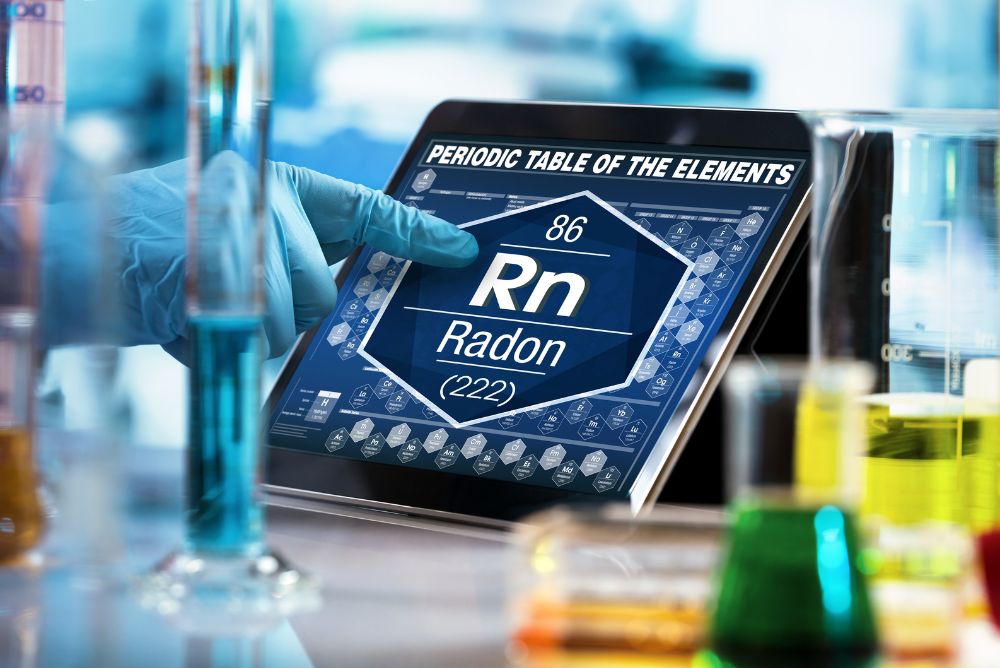Most people understand the common threats within their homes, like radon and other invisible gases. Dismissing the dangers is relatively easy when you can’t detect radon’s presence with your senses. Whether you reside in a new or old home or have a basement or not, you may be at risk for radon exposure. Follow along to learn the five common myths about radon we can debunk.
Radon Doesn’t Impact All Houses
Many people believe that radon only infiltrates old homes or residences with basements. While it may be more likely for old homes with basements to have radon issues, all homes are susceptible to high levels of this gas. Whether your home is new, old, airtight, drafty, or has a basement or not, you should regularly test for radon to ensure your family’s safety.
You Don’t Have To Test Again With a Mitigation System
If you get a high test result, installing a radon mitigation system is the best option to restore a safe environment in your home. You may think this system is the end of your journey with radon, and your home is safe and clear forever. Although this would be ideal, it’s not always the case—regular testing is the best practice even after installing the system.
Radon Isn’t a Huge Problem
Because you can’t taste, smell, or see radon gas, dismissing the hazard is incredibly common. In fact, many people don’t believe it’s a huge problem in their homes because they can’t sense its presence. However, radon is a silent threat and one of the leading causes of lung cancer despite its ability to go undetected. It may not seem like a significant problem, but you won’t know your risk until you test your house for radon gas.
Radon Problems Are Unfixable
Most people hesitate to buy a property with known radon gas discoveries, as they believe the problems are unfixable. Even though this is an understandable opinion, it’s not true. Most homes contain some amount of radon, and they’re all at risk for developing high levels. That said, radon problems are fixable, and you don’t have to worry about buying a home with high levels. If you don’t know what to do, consider professional radon mitigation in Denver, CO.
Certain Locations Aren’t at Risk for Radon
Although specific areas in the US have more or less radon, its presence isn’t limited to certain locations. With that in mind, your home may be at risk for high radon levels no matter where you live. Furthermore, many people believe their home’s radon levels are acceptable if their neighbor’s levels are safe—the radon level in the soil can be different in properties on the same street. Test your own home!
Now that you know these five common radon myths we can debunk, you can make the right decisions to keep your family safe. Radon contamination is a common issue in many homes, and yours is no exception—test regularly and act accordingly.


Recent Comments